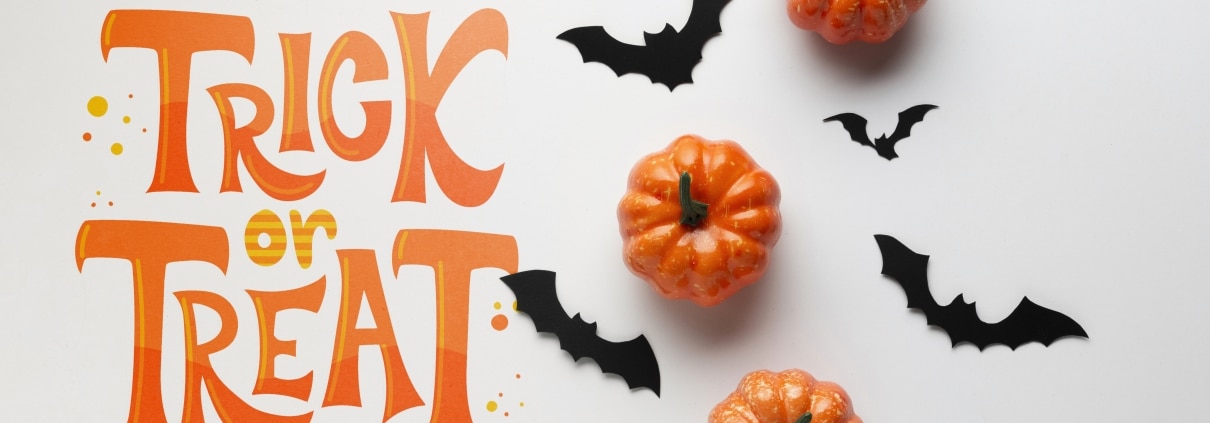Halloween Candy: Some Varieties Are More Tooth Friendly Than Others
With Halloween just around the corner, now is a great time to review the best practices when it comes to candy consumption. Candy tastes good, which means it will be extremely difficult to persuade your children into boycotting these delectable treats; instead of a boycott, consider controlling your child’s candy consumption. This can be accomplished in several ways: By choosing the specific times when your child eats his or her candy as well as making suggestions as to the types of candy your child eats. The truth is that some forms of candy have the potential to damage the teeth and create cavities quicker than others.
Why Does Candy Cause Cavities?
Sugar is the major cause of cavity development. The sugar feeds the naturally-occurring bacteria that live in the mouth, the bacteria then release an acid, which attacks the hard, protective coating on the tooth (i.e., enamel). Once the enamel is compromised, the tooth is vulnerable to decay.
What Kinds of Candy Tend to Damage the Teeth Quicker?
Since chewy and sticky candy remains in contact with the teeth for long periods of time, they tend to be more damaging than other types of candy. When a child eats taffy, caramel or fruit-flavored chews, remnants of these candies remain on the surface of and in between the teeth. The longer the sugary substance remains on the teeth, the longer the bacteria have to consume the sugar and create acid. Additional acid means an increase in the likelihood that your child will develop cavities.
Controlling your child’s consumption:
- Limit your child’s consumption of sour candy — In order to intensify their sour flavor, these candies frequently contain citric acid, which can damage the teeth through erosion and cavity development.
- Give your child candy that he or she can eat quickly — This limits the amount of time the sugar has contact with his or her teeth.
- Encourage your children to thoroughly rinse their mouths after they eat any kind of candy — This is a good practice to establish following the consumption of anything (e.g., a meal, beverage or a snack). Once a half-an-hour has passed, your child can go ahead and brush his or her teeth. Your child needs to wait half-an-hour to brush because the enamel on the teeth remains soft for some time after eating and/or drinking.
- Try to steer your children away from the sticky treats — Avoid gummy candy, popcorn balls, taffy, and caramels.
- Before you send your little ones out to trick-or-treat, have them eat a good meal — This will make them less likely to fill up on candy while they are out.
- If you are handing out treats, consider purchasing something other than candy to hand out — Check your local department store. Chances are you will find a variety of fun, non-food Halloween items.




Leave a Reply
Want to join the discussion?Feel free to contribute!